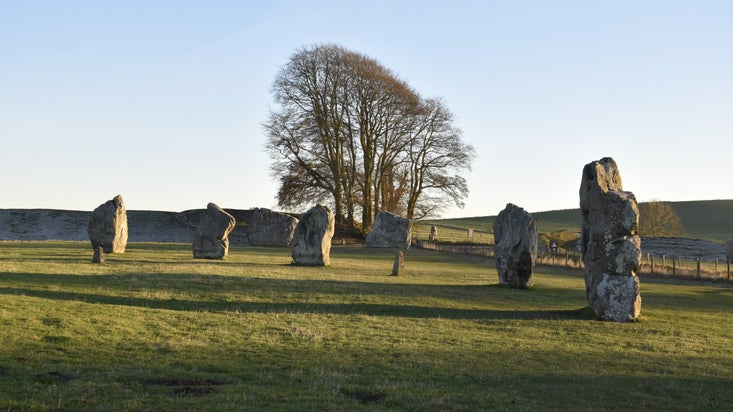Around Silbury Hill
Wiltshire
This walk takes you around one of the most important sites in the World Heritage Site of Avebury. Silbury Hill is the largest prehistoric man-made mound in Europe and was built between 4,400 and 4,300 years ago. It would have taken hundreds of people working continually for several years to build it, using only stone and bone tools. The walk, which takes you around the hill's base from the north, gives you a real sense of its scale.
Near to
AveburyStart point
Avebury National Trust car park, SN8 1RDTrail information
More near here
Avebury Ridgeway walk
Starting at the heart of the World Heritage Site, this walk takes you through the remains of the largest stone circle in the world and along ancient roads into rolling chalk downland.

Get in touch
Our partners

We’ve partnered with Cotswold Outdoor to help everyone make the most of their time outdoors in the places we care for.
You might also be interested in
Walking
Explore some of the finest landscapes in our care on coastal paths, accessible trails, woodland walks and everything in between. Find the best places to walk near you.

Exploring the stone circles at Avebury
Visiting Avebury and the surrounding landscape is a unique experience. The area contains multiple Neolithic and Bronze Age features including the largest stone circle in the world which you can enter and explore.

Visiting the museum and Old Farmyard
Discover artefacts from archaeological excavations in the museum. Step inside the large threshing barn and see the 16th-century dovecote near the wildlife pond.

Eating and Shopping at Avebury
The Circles Café serves lunches, cakes, snacks and drinks. Visit the National Trust shop for sustainable products and gifts, or browse Cobblestones second-hand bookshop.

Follow the Countryside Code
Help to look after National Trust places by observing a few simple guidelines during your visit and following the Countryside Code.

